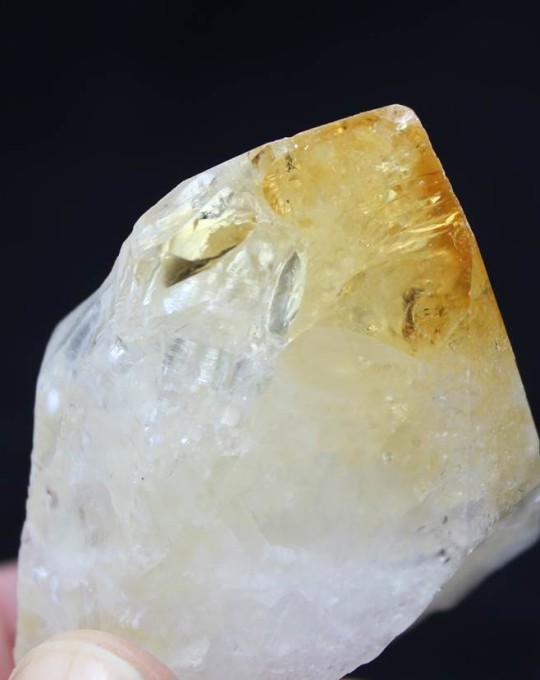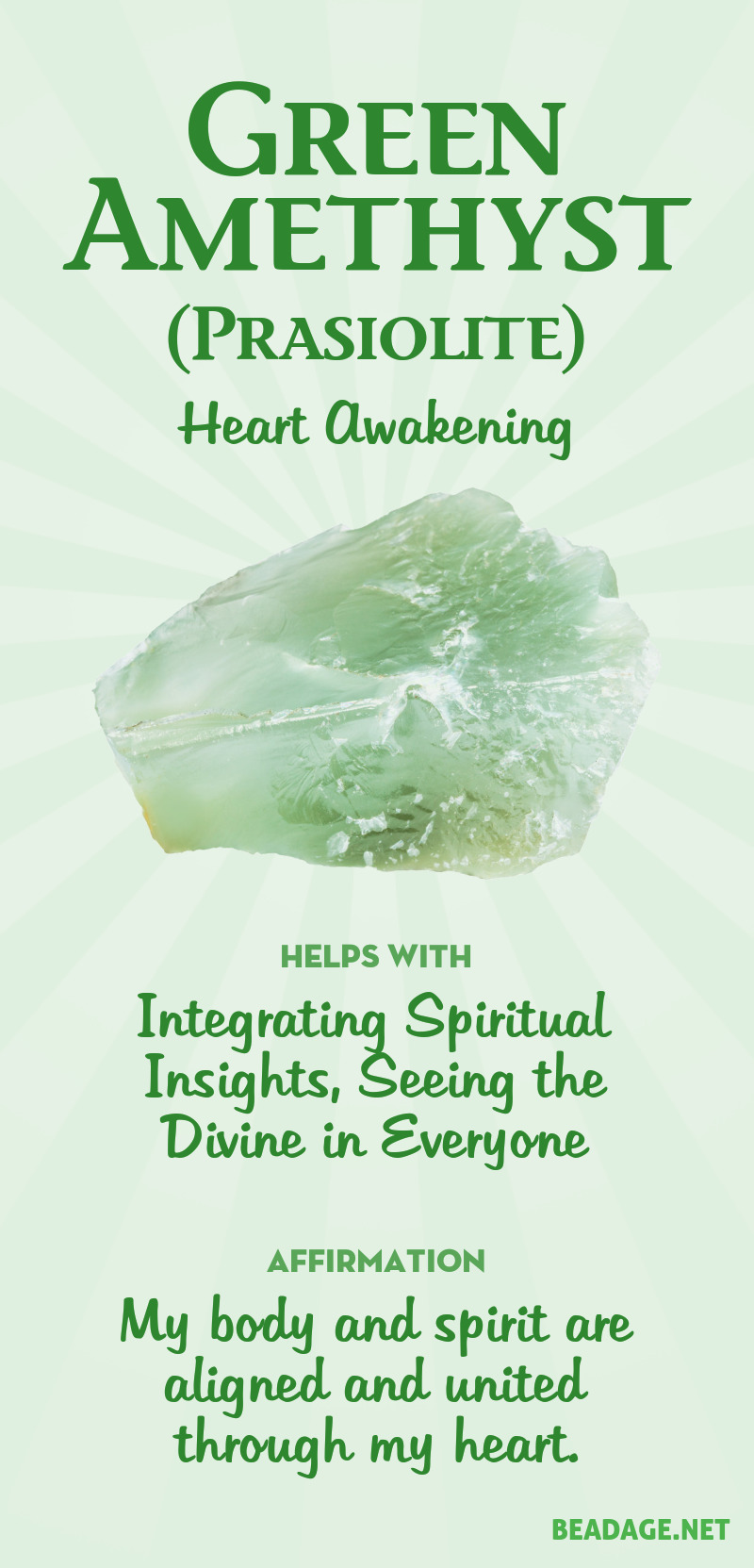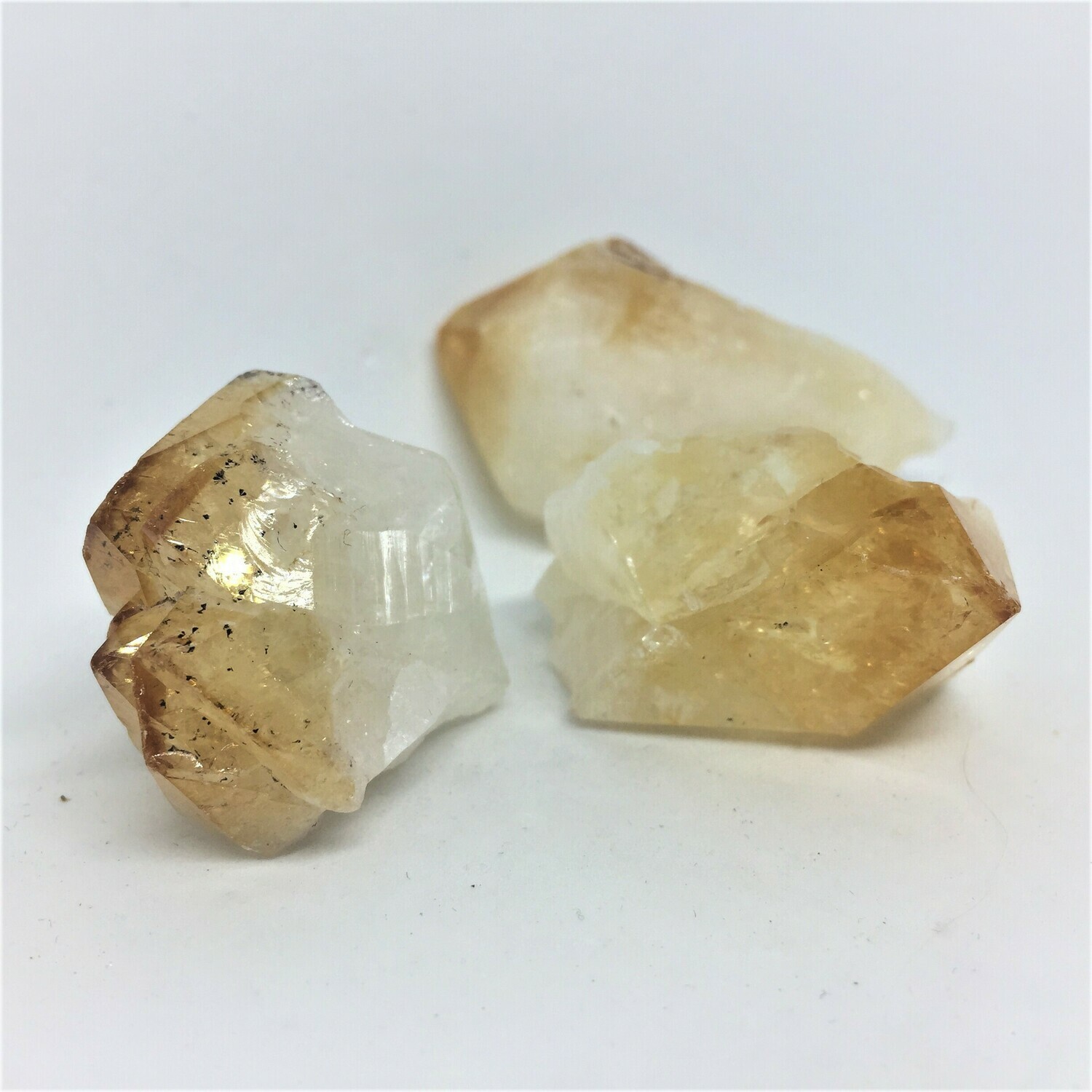
Commonly Treated StonesĪmethyst, Citrine, Ametrine, Aquamarine, Tourmaline, Topaz, light green Tourmaline, Sapphire, Ruby, Tanzanite, and Blue Zircon are gemstones that are typically color-enhanced by heat treatment.Īmethyst – lightens the color and will change the color of pale amethyst to CitrineĪquamarine – removes the greenish undertones and deepens the color They would use pieces of bamboo to blow air into glowing charcoal where a few stones were placed, in an attempt to coax some new colors into their stones. This heat treatment is permanent and irreversible.Ĭenturies ago, men sitting in front of charcoal fires were the first practitioners of the art of heat treatment. An example of this is the dissolving of rutile silk inclusions in blue sapphires, which improves both clarity and color. This color change may result in the stone being darker, lighter, more intense or of a different color. What Happens During Treatment?ĭuring treatment, the stone is heated to very high temperatures ( approximately 1600 Celsius) causing inclusions, chemical elements, and other impurities to reform themselves and change the color of the stone. Heat treatment is considered to be a natural type of enhancement as it is a continuation of the processes that occur in the earth when the stone was originally formed.

Home 1 › Gemstone Blog 2 › All You Need to Know About Heat-Treated Gemstones! 3

We recommend starting your meditations with gratitude while offering yourself up to the purple rays from this remarkable stone. Its protective bubble helps one maintain mental clarity and physical energy. Meaning & EnergyĪmethyst is a multidimensional stone that offers a range of energetic uses.

This liquid would create an illusion to others as though the consumer was drinking wine yet could avoid intoxication. When this "Amethyst" was used as a serving glass, the clear water that was poured into it would turn red like wine (due to the reddish runoff). Some believe that the Amethyst was actually Red Garnet. However, there is speculation that the reason this myth came about was due to a misidentification. In many ancient texts, Amethyst is regarded as a stone that when worn, allows the user to avoid intoxication.


 0 kommentar(er)
0 kommentar(er)
